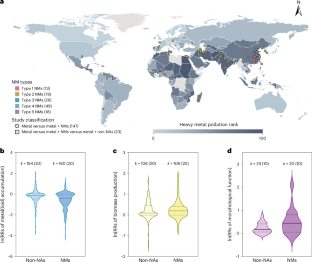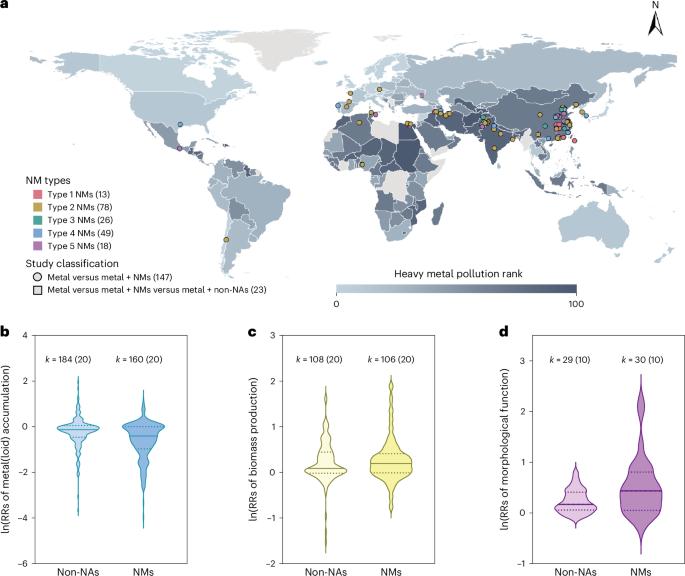Engineered nanomaterials reduce metal(loid) accumulation and enhance staple food production for sustainable agriculture
IF 21.9
Q1 FOOD SCIENCE & TECHNOLOGY
引用次数: 0
Abstract
Metal(loid) contaminants in food pose a global health concern. This study offers a global analysis of the impact of nanomaterials (NMs) on crop responses to metal(loid) stresses. Our findings reveal that NMs have a positive effect on the biomass production of staple crops (22.8%), while showing inhibitory effects on metal(loid) accumulation in plants (−38.3%) and oxidative damage (−21.6%) under metal(loid) stress conditions. These effects are influenced by various factors such as NM dose, exposure duration, size and composition. Here we introduce a method using interval-valued intuitionistic fuzzy values by integrating the technique for order preference by similarity to an ideal solution and entropy weights to compare the effectiveness of different NM application patterns. These results offer practical insights for the application of NMs in similar multi-criteria decision-making scenarios, contributing to sustainable agriculture and global food safety. Nanomaterials positively impact staple food biomass production, reducing metal(loid) accumulation and mitigating oxidative damage in plants under stress conditions. This study provides practical insights into evaluating various nanomaterial application approaches, highlighting their potential for promoting sustainable agriculture and improving food safety.


工程纳米材料可减少金属(loid)积累,提高主食产量,促进可持续农业发展
食品中的金属污染物是一个全球性的健康问题。本研究全面分析了纳米材料(NMs)对作物应对金属(loid)胁迫的影响。我们的研究结果表明,在金属(loid)胁迫条件下,纳米材料对主要作物的生物量生产(22.8%)有积极影响,同时对植物体内的金属(loid)积累(-38.3%)和氧化损伤(-21.6%)有抑制作用。这些效应受多种因素的影响,如非金属矿物剂量、暴露时间、大小和成分。在此,我们介绍了一种使用区间值直觉模糊值的方法,该方法综合了通过与理想解的相似性进行排序偏好的技术和熵权重来比较不同 NM 施用模式的有效性。这些结果为在类似的多标准决策情景中应用核磁提供了实用的见解,有助于实现可持续农业和全球食品安全。
本文章由计算机程序翻译,如有差异,请以英文原文为准。
求助全文
约1分钟内获得全文
求助全文

 求助内容:
求助内容: 应助结果提醒方式:
应助结果提醒方式:


